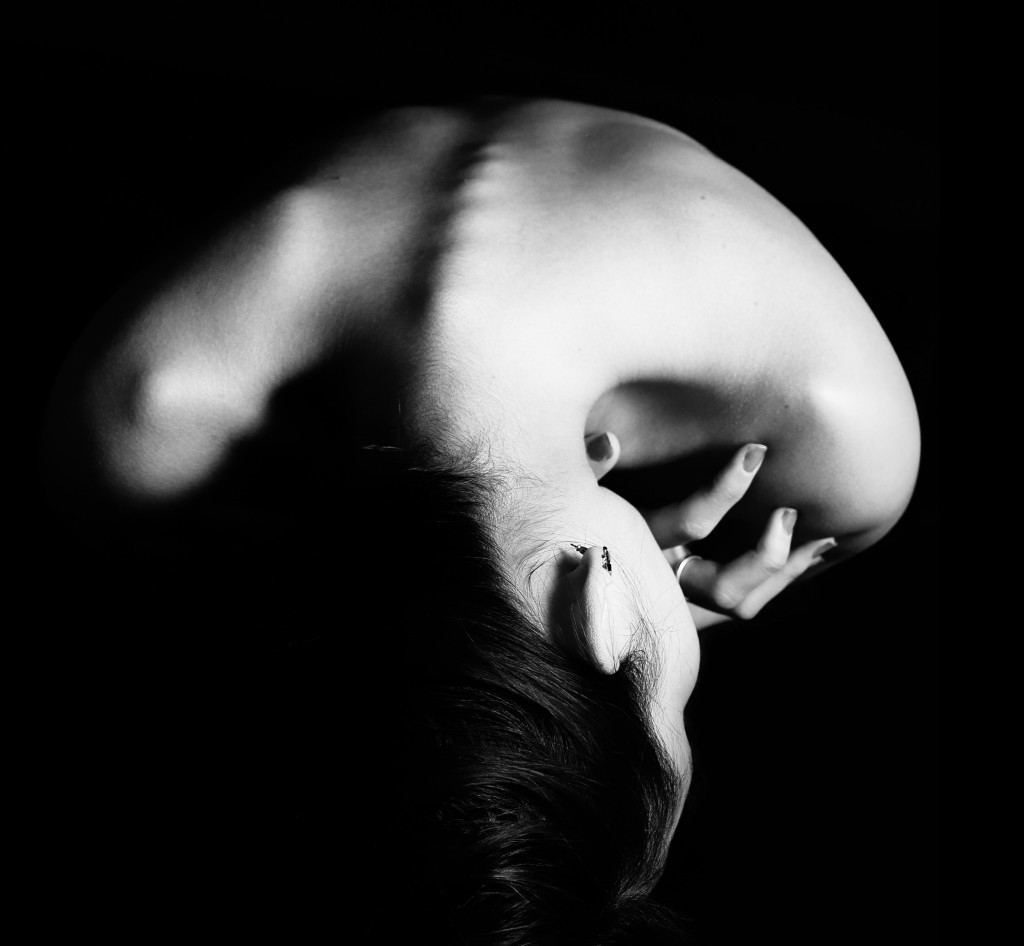Scoliosis Facts
Scoliosis is when the spine becomes abnormally rotated and curved sideways. A healthy spine, when viewed from the back, should look like a straight line. A spine with this condition has a lateral curve when viewed from the back. Many people think scoliosis can be caused by carrying heavy book bags or sleeping on your side. However, this is not the case. About 3% of the population of the US is estimated to have scoliosis. It is the most common spinal deformity and for the vast majority of cases, scoliosis has not an identifiable cause. While scoliosis is not known to have a cause, it does tend to run in families.
Types of Scoliosis
This condition is usually categorized by the age at which the deformity developed. Infantile idiopathic scoliosis develops from birth to 3 years old, juvenile idiopathic scoliosis: develops from 4 to 9 years old, and adolescent idiopathic scoliosis: develops from 10 to 18 years old. Adolescent scoliosis compromises about 80% of all cases because that is the time when rapid growth occurs. It is because of this that their spines should be monitored closely as they develop.
Early Diagnosis
Diagnosis in the early stages allows for the most options for treatment. Any sideways spinal curve of at least 10 degrees is considered scoliosis. That being said, the small curve size will generally not show signs or symptoms in the person. As the curve progresses to 20 degrees and beyond, there is in an increased chance of abnormalities being noticed. For children, whose bones are not fully hardened, nonsurgical treatments, like bracing, may be used to prevent the progression of the curvature.
Types of Curves
Scoliosis usually looks like a backward C and involves the spine bending sideways to the right, it is called dextroscoliosis. When the spine bends to the left, in a regular C shape, it is called levoscoliosis. Aside from the sideways bend, the spine can also curve in different ways.
-
- Thoracic curve to the right: The curve bends to the right side of the upper back
-
- Thoracolumbar curve to the right: This curve bends to the right side starting in the upper back and ending in the lower back
- Right lumbar curve: This curve bends to the right side starting and ending in the lower back.
- Double major curve. Typically this involves a right curve on top and left curve on the bottom. People with double curves may have may not show their deformity as much because the curves tend to balance each other out.
Screenings
Students are given the Adam’s Forward Bend Test in school in 5th or 6th grade. This test has the student bend forward at the waist, with their arms hanging downward and knees straight. A health care professional observes this bend and looks for any abnormal appearances in the spine, hips, and shoulders. Abnormalities may include any type of hump or uneven appearance around the area of the rib cage, any side-to-side asymmetry in the spine, shoulders that appear to be different heights or one hip that sticks out more prominently than the other.




